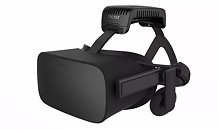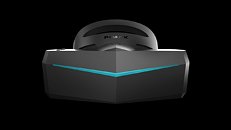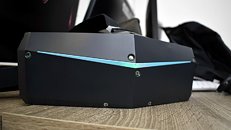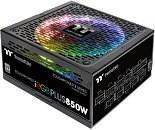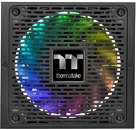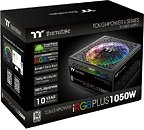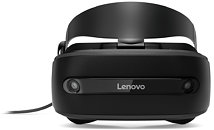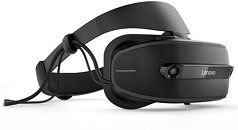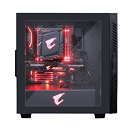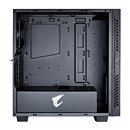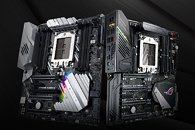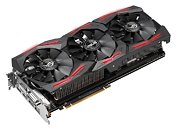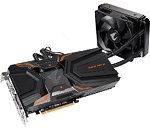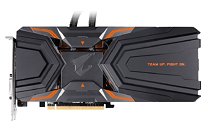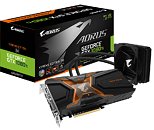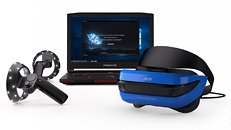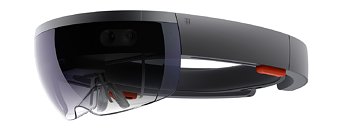TPCAST Develops Wireless Adapter for Oculus Rift
TPCAST, the leader in wireless virtual reality (VR) technology, announced today that it is working on a wireless adapter for the Oculus Rift headset. TPCAST is the first to introduce a commercial Wireless Adapter for Virtual Reality, which preserves the video quality and application performance. The TPCAST solution has been shipping in production and demonstrating high video quality and low latency.
The current high-end VR HMDs are driven by a cable transmitting the video, voice, data, and power utilizing HDMI, USB, and power connectors. The heavy-duty cord limits the VR experience by tying the user to a server and restricting the freedom of movement. With the TPCAST wireless solution, Rift users will gain an enhanced experience, as they roam around freely and play games, while preserving the same high quality as a standard wired connection.
The current high-end VR HMDs are driven by a cable transmitting the video, voice, data, and power utilizing HDMI, USB, and power connectors. The heavy-duty cord limits the VR experience by tying the user to a server and restricting the freedom of movement. With the TPCAST wireless solution, Rift users will gain an enhanced experience, as they roam around freely and play games, while preserving the same high quality as a standard wired connection.
